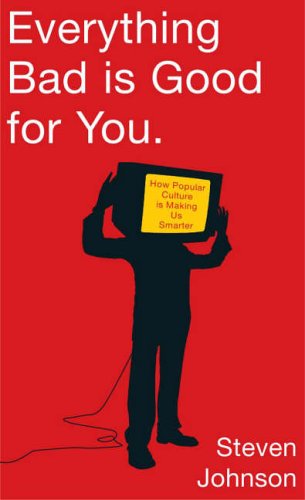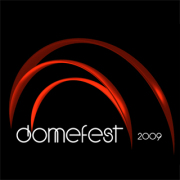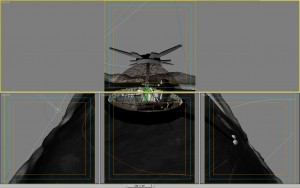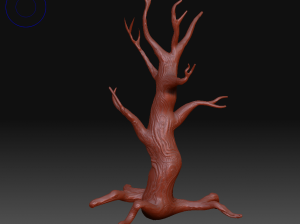Interesting facts
A new idea in the works at the planetarium is visualizing science-related facts on the dome. These little movies would last only a few seconds – long enough to narrate or write out something like “Humans not only have unique fingerprints – they have unique tongue prints as well.” Then perhaps a person standing behind glass is filmed as they plaster their tongue print on the glass; to the audience it would appear as though this giant tongue were being laid on the dome. Not the most glamorous of examples, but you get the idea that these facts are just supposed to make you go, “hmm.” or maybe even “Iii-nteresting.” (plus it’s been done in Earth, Moon & Sun! Though dinosaur tongue prints are probably negligible seeing as they are unavailable for filming.)
So far the facts that would work well on a dome have these properties:
- portrayal of “actual size.” For example the tentacles of the giant Arctic jellyfish reach up to 120 ft. in length – the lengh of that tentacle could wrap around our dome two times. Imagine sitting in the black of the dome, the muted bubbling of water as something swims around and around – and then you’re caught in the huge arms of a ginormous jellyfish. The sense of scale might be a hard sell, but I think it could be really neat.
- speed. Any fact dealing with speed caught my eye. Did you know the pileated woodpecker can strike a tree with the impact of 1200 g? A human could comparatively strike a tree at 16 mph. Perhaps too greusome to show.
- inside the body. What makes you sneeze? why do you get dizzy? what causes hiccups? All of these questions are interesting and they all lend themselves to taking the audience inside the body.
And generally cool or gross things caught my eye. Like the fact that killer whales can destroy sharks by ramming into them with their snouts. The force is so hard the shark explodes. Of course, my research at this point is still in the brainstorming stages, so none of these facts have been completely substantiated – for those who would wait for sharks to explode. Because 43.8% of all statistics are made up on the spot.



 David Benning over at the ARTS Lab at University of New Mexico just announced that DomeFest 2009, which had been postponed from June to an undetermined date, will happen after all. The dates set are September 25-27 2009 and it will be located at UNM in Albuquerque. Similar to previous years, there will a Juried Show, full show screenings, technical and production talks.
David Benning over at the ARTS Lab at University of New Mexico just announced that DomeFest 2009, which had been postponed from June to an undetermined date, will happen after all. The dates set are September 25-27 2009 and it will be located at UNM in Albuquerque. Similar to previous years, there will a Juried Show, full show screenings, technical and production talks.





